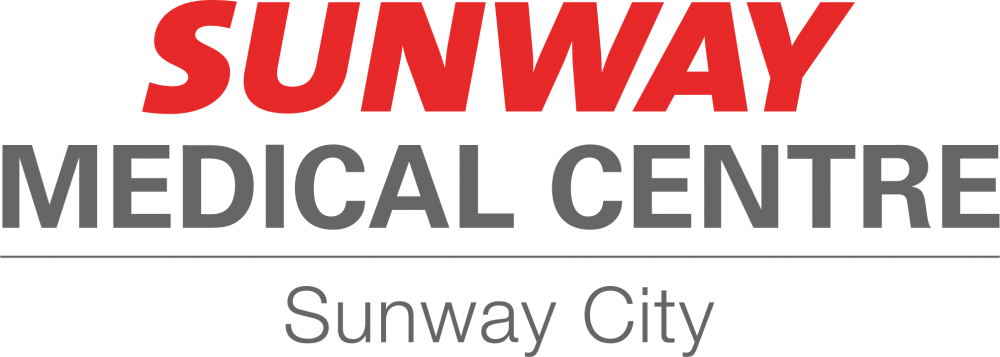Neoadjuvant Chemotherapy for Breast Cancer
10 March 2020

Most cancer patients face the same issue after being diagnosed with cancer and that is to have surgery to remove the tumour immediately – but are there other methods to ensure better results? Learning more about neoadjuvant chemotherapy might help in finding the right option.
Chemotherapy is an adjuvant therapy for many cancer patients where they receive chemotherapy to kill the remaining tumour cells in the body after tumour removal surgery. In that case, how is it different with “neoadjuvant”? Is there a difference between old and new chemotherapy?
In fact, neoadjuvant therapy is a preoperative radiation therapy that shrinks the tumour and improves recovery rates and resilience. Neoadjuvant chemotherapy has been widely used by foreign medical professionals.
Breast cancer is the most common cancer and the number one killer among Malaysian women. It is predominant among Chinese women and those between the age of 40 and 60 are at a higher risk.
“Breast cancer treatment outcomes are improving year-on-year. It is also moving towards personalised and tailored treatment. Other than traditional surgical treatment, therapies such as radiotherapy, chemotherapy, targeted therapy and hormone suppression are also suggested based on the disease characteristics of the patient,” said Dr Ng Char Hong, Consultant Breast and Breast Reconstruction Surgeon, Sunway Medical Centre.
Neoadjuvant chemotherapy may not be suitable for all breast cancer patients, therefore Dr Ng recommends patients to discuss their treatment options with their primary care physician before proceeding with any treatment. If the conditions are met, neoadjuvant chemotherapy followed by surgery may be more effective.
Chemotherapy before surgery
Neoadjuvant chemotherapy reduces the area requiring surgery while also reducing potential complications during surgery for advanced breast cancer patients or those who wish to retain part of their breasts.
Breast cancer is defined as a systemic disease as the cancer cells will metastasize to other areas without warning. There are four general types of breast cancer: ER+ HER2-, ER+ HER2+, ER- HER2+ and ER- HER-, with the former being the most common and ease in treatment. Chemotherapy can be used to destroy the cancer cells and reduce the chance of metastasis and recurrence.
“Most patients with tumours larger than 7mm will have to undergo chemotherapy except for patients with early stage breast cancer,” Dr Ng said.
In the past, most treatments start with surgery to remove the tumour followed by chemotherapy but the process of neoadjuvant chemotherapy is the opposite where patients go for chemotherapy followed by mastectomy.
“Surgery is the main treatment for non-metastatic breast cancer but most breast cancer patients want to retain their breasts as much as possible. In this case, they can go for neoadjuvant chemotherapy. Pre-radiotherapy for breast tumours and lymph can also be done to reduce the surgery area and retain a larger portion of the breast. Patients with advanced breast cancer cannot have their tumours removed completely at one time, and neoadjuvant chemotherapy may be an ideal option,” Dr Ng said.
Many breast cancer patients experience other concerns after treatment due to losing a single breast such as an imbalance in chest weight causing shoulder and neck pain, hunchback and scoliosis. Dr Ng said that neoadjuvant chemotherapy narrows the scope of surgery, therefore scars or wounds left after are shallower, ideal for breast reconstruction.
The main side effects of chemotherapy include nausea and vomiting, diarrhoea and hair loss while other more serious side effects include gastrointestinal reactions and bone marrow suppression. Nevertheless, some of these side effects can be reduced in subsequent treatments, especially if it is after neoadjuvant chemotherapy. Patients can complete their treatment and have a better cancer prognosis.
Besides breast cancer, neoadjuvant chemotherapy is also effective on solid tumours such as rectal, ovarian, gastric and non-small cell lung cancers. Although the treatment does not apply to all patients, it is good for patients to lean about other cancer treatment options.
Regular breast exams
Dr Ng encourages women to regularly check their breasts on their own and observe their breasts in the mirror before and after taking a shower. If there is a family history of breast cancer, regular ultrasound and x-rays must be done. Moreover, the government provides free mammogram for women over 40 years of age with a household income below RM10,000.
Related symptoms
Besides a hard lump in the breast, the symptoms of breast cancer may also fall into the following categories. If breast cancer has spread to the lymphatic system in the arm or near the collarbone, a lump may develop in that area and the patient may feel swelling.
- Redness, dry or thickening of the skin on the breast or nipple
- Nipple discharge
- Breast or nipple retraction
- Pain in the nipple or breast
- Itchy skin or cellulite
- Chronic swelling in partial or whole of the chest
- Irregular, soft lumps at the edges
Risk Factors & High Risk Groups
- Genetic factors or family history of breast cancer
- Pregnant women who gave birth to their first child after the age of 35
- Women who have not given birth or breastfed
- Those who menstruated before the age of 12 and have not stopped their menstrual cycle after the age of 50
- Long-term use of hormone-containing foods or medicines
- People with bad habits such as chronic alcoholism and smoking, lack of exercise and staying up late
Source: Oriental Daily News
Back


